What is Tapering ?
Tapering is to wind down quantitative easing (QE) policies which are implemented by a central bank (Federal reserve) and intended to stimulate economic growth. Fed launched Quantitative easing program in 2020 to help fight COVID-19 economic crisis
• What is current Fed’s Quantitative easing program ?
– Continue purchasing $80 billion of Treasury bonds and $40 billion of mortgage backed securities every month to increase the money supply, encourage lending and help bring the economy back from the dead. When Fed buys securities on the open market it takes them out of circulation leaving fewer for everyone else to compete for. With less supply, investors bid up the price of the remaining securities. When the bond prices goes up the yield does down

When the Bond prices goes up, the Yield goes down

- However, In Late Nov 2021 Fed announced that the central bank would speed up tapering bond buying program which was launched in 2020 to help fight COVID-19 economic crisis. This caused market to drop almost 7% from all time high
-
Fed’s stimulus has fueled a historic rally that has lifted major market indexes far beyond their pre-pandemic highs. ( Too fast too soon – almost like a BUBBLE)
-
Fed’s current plan is to reduce purchases by $30 billion a month to end in March 2021
-
Inflation rose to 6.8% in Nov 2021 from a year earlier. The fastest pace since 1982 ( Source: labor department)
-
One and half year of Fed stimulus has driven a rise in household income, raising a sharp run-up in home values. This has boosted wealth for many Americans and fueling stronger demand. But the tight and shortage of labor market and supply chain issues has restricted supply leading many businesses to raise prices. This is big reason Fed is speeding up tapering.
-
The sooner the fed completes the wind down ( tapering ) the sooner the fed would be able to focus on bringing inflation back down to its 2% target
